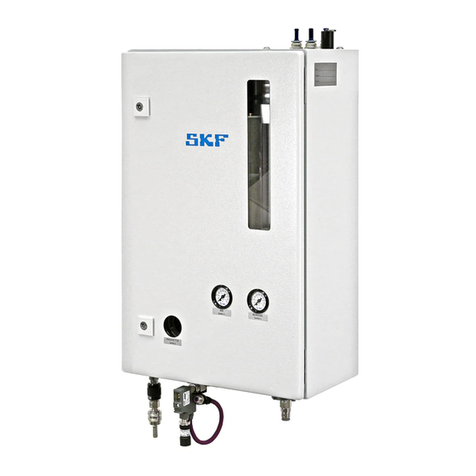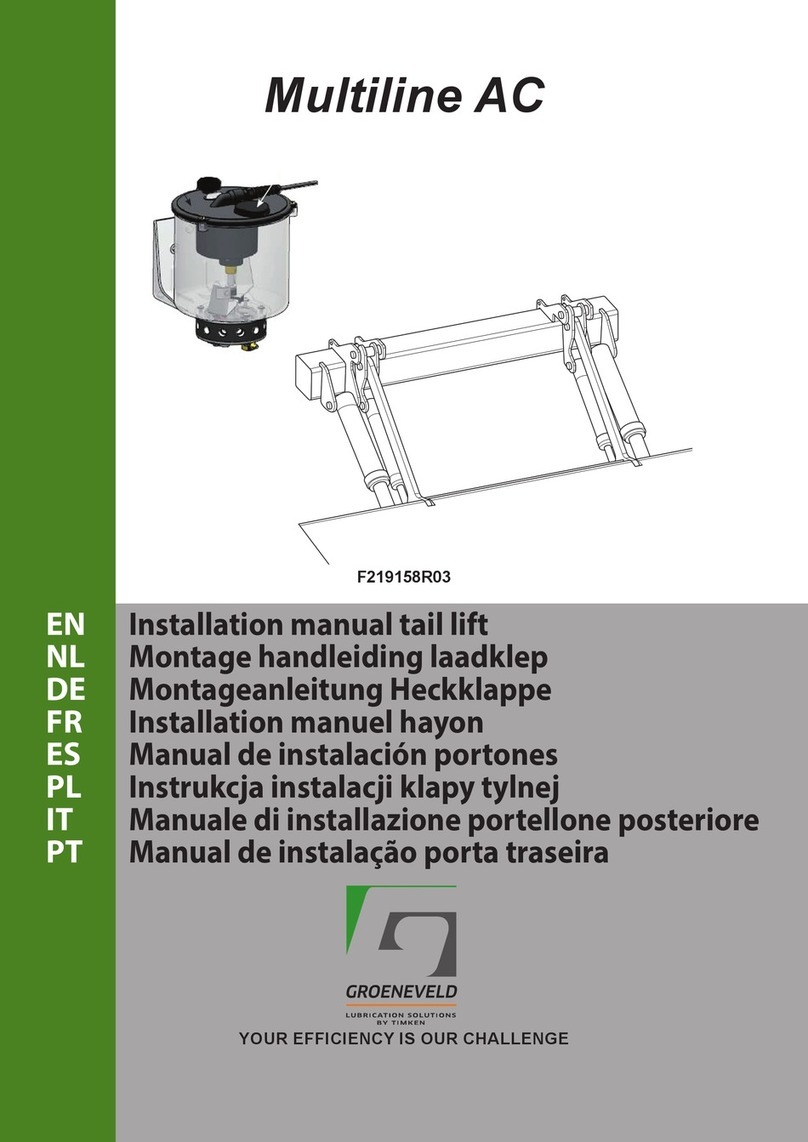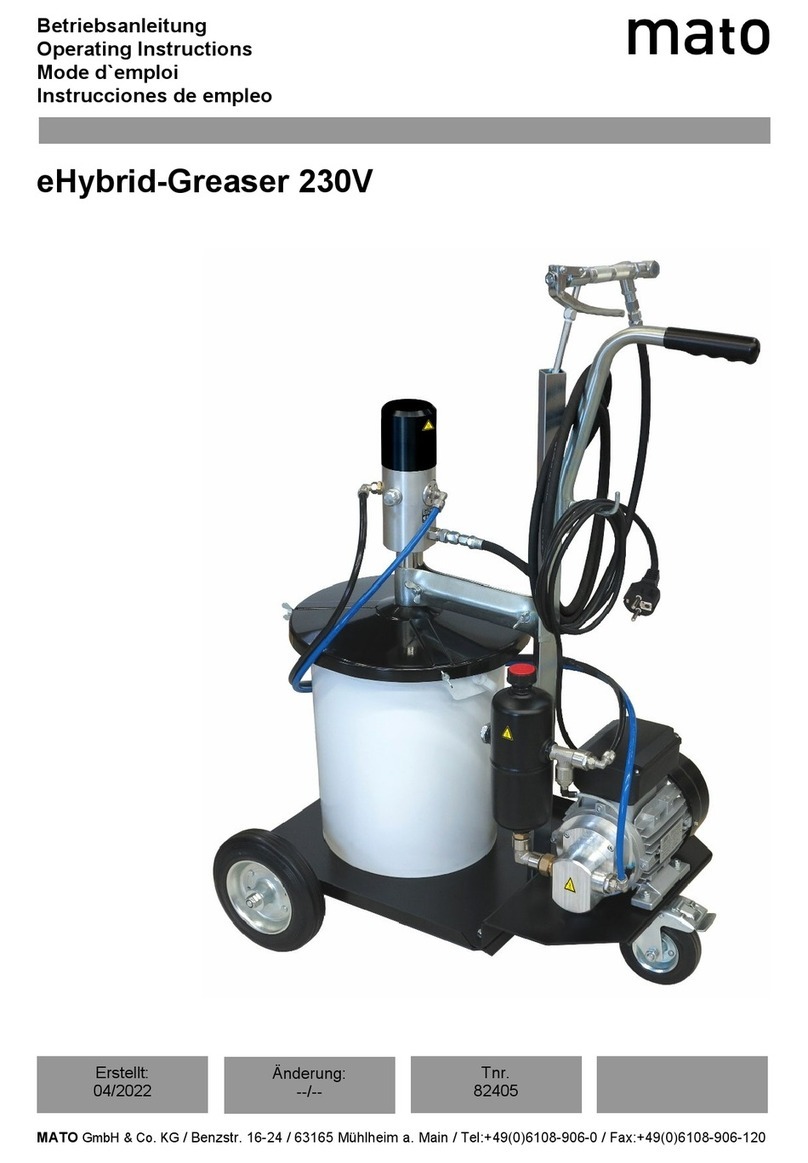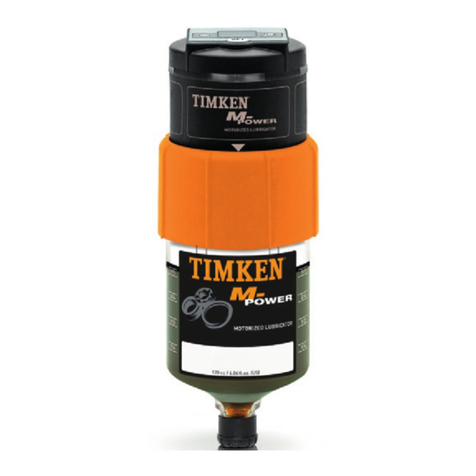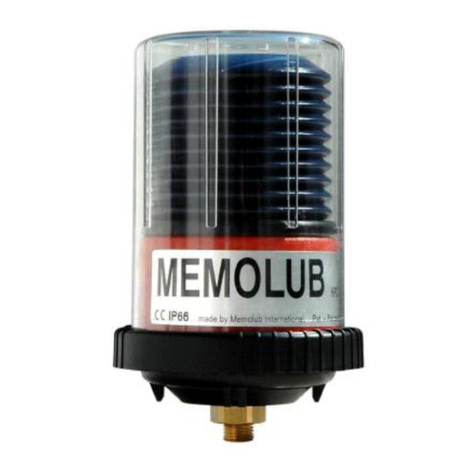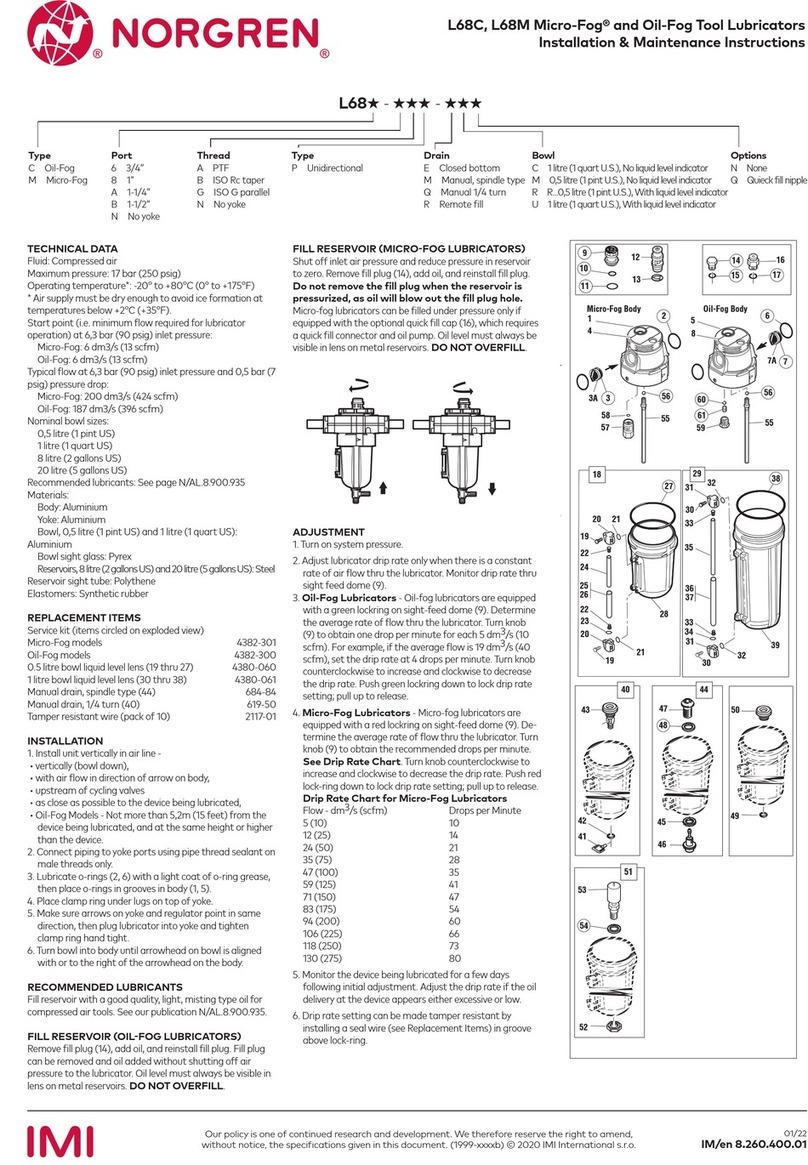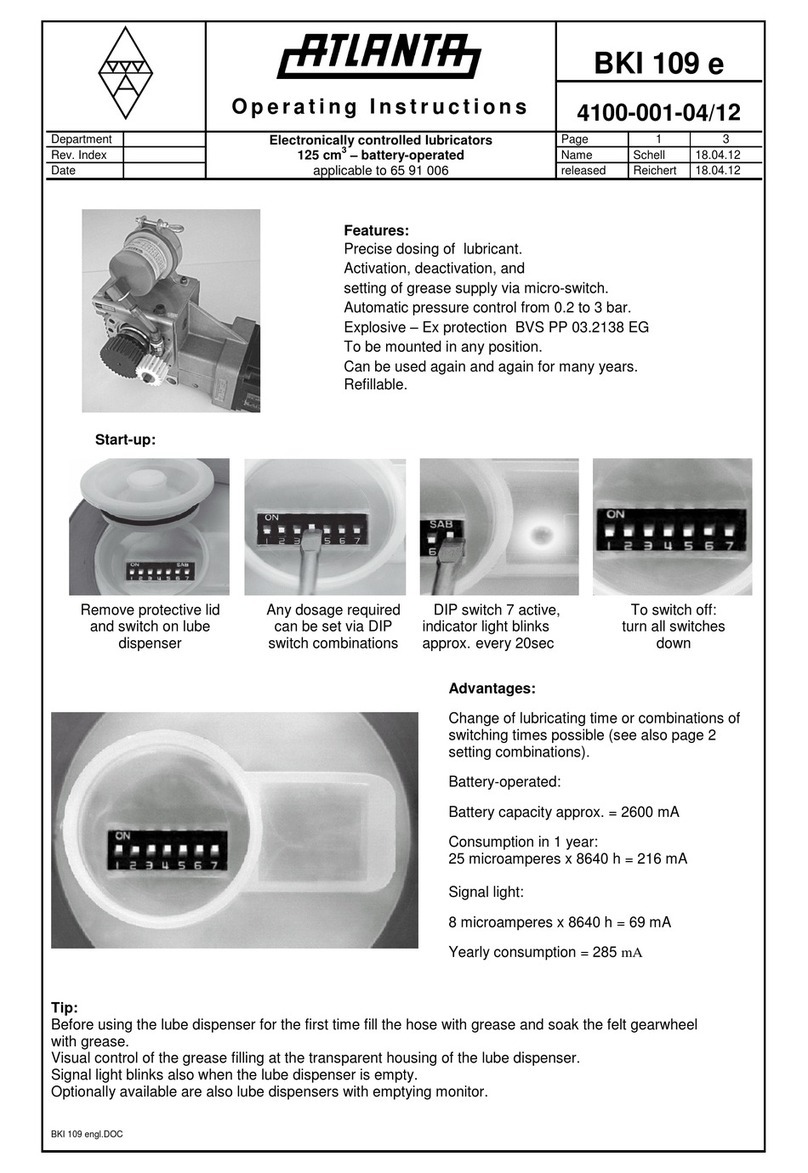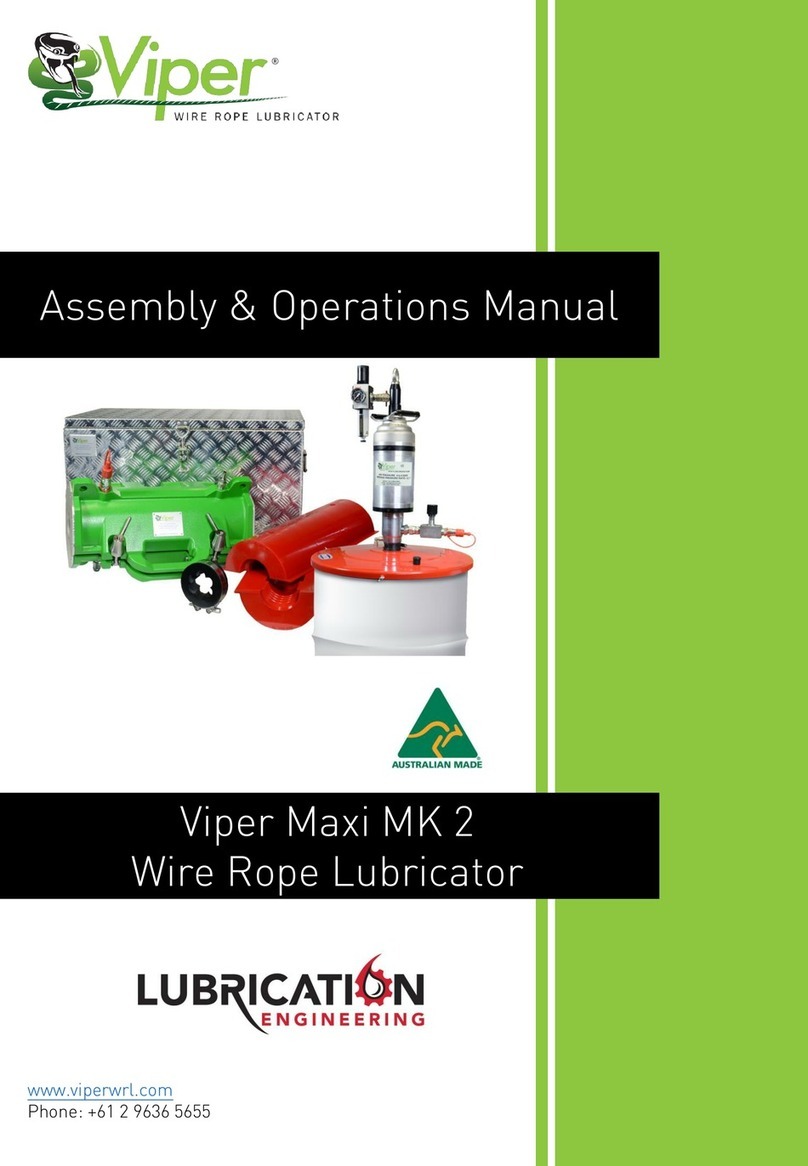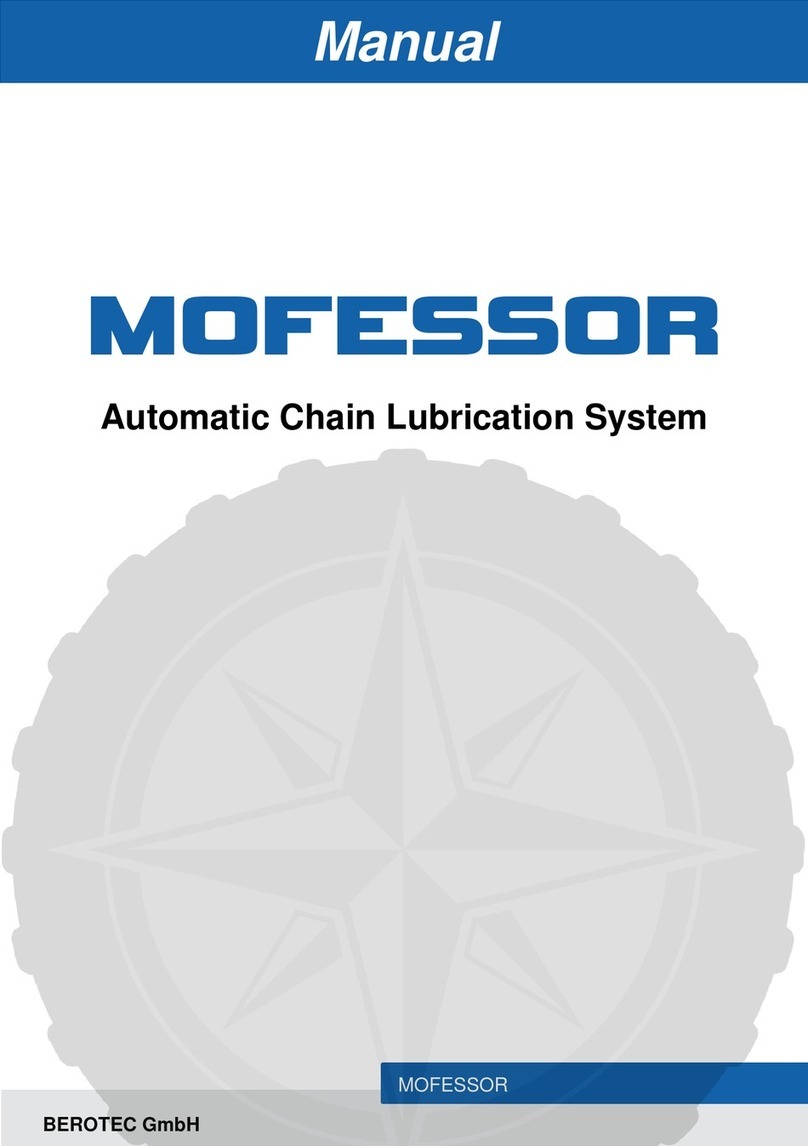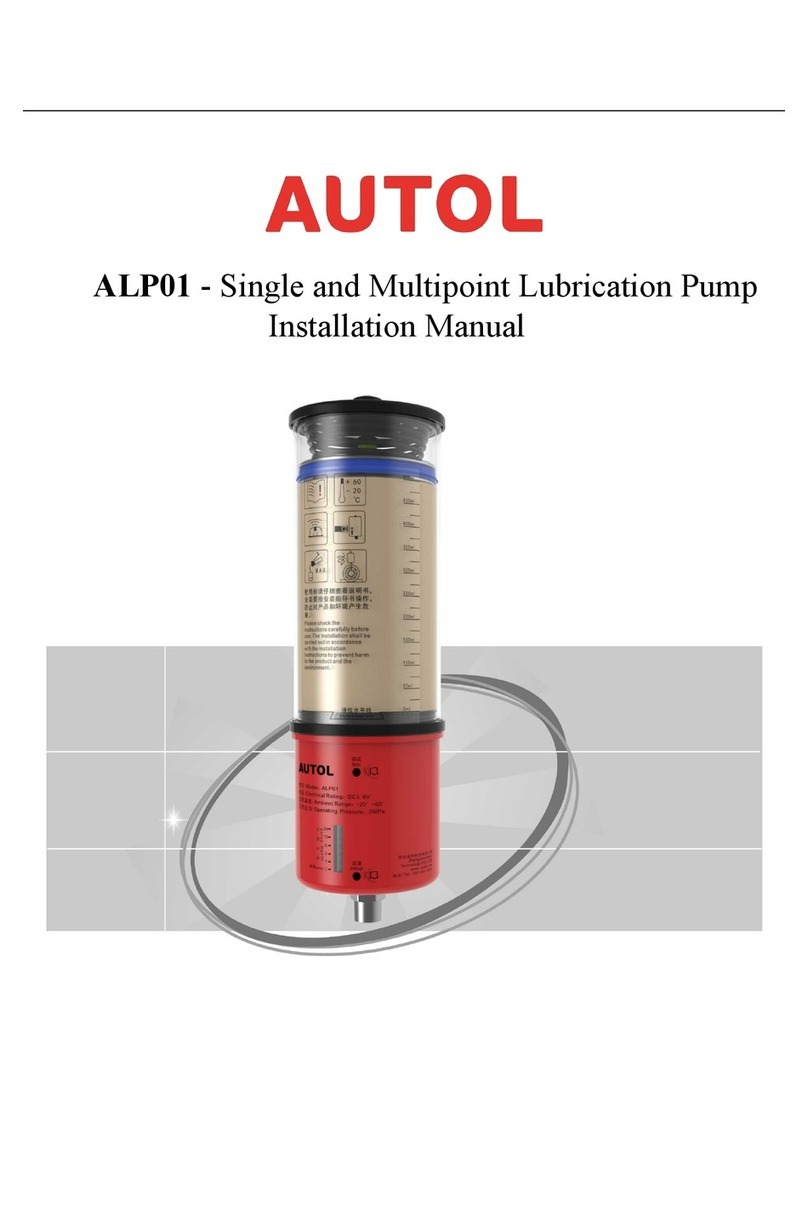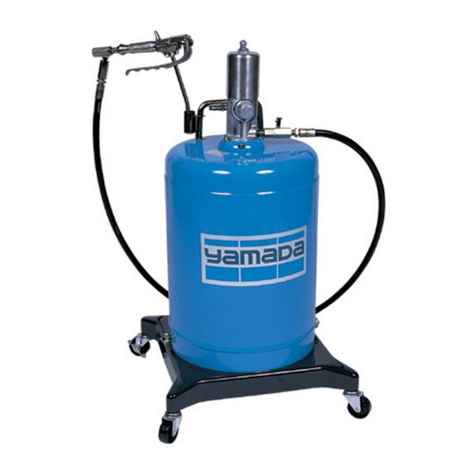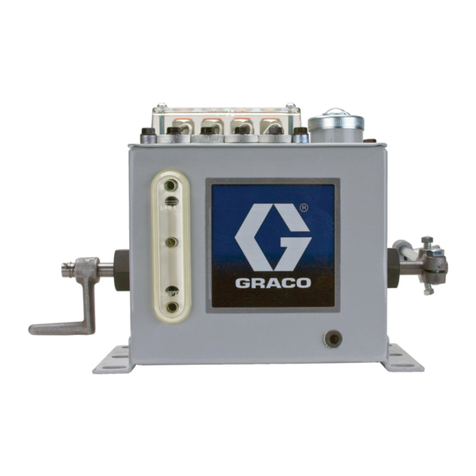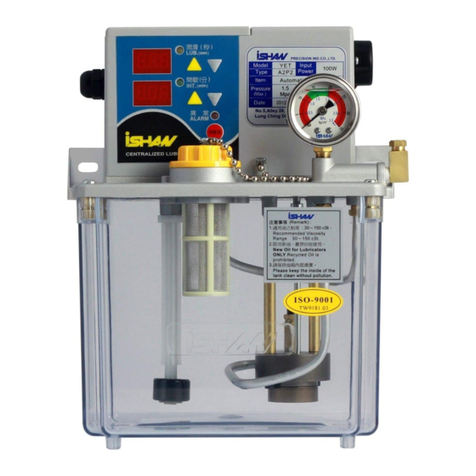
10
8 Installation Trackside Items
8.1 Fitting the Trackside Cabinet to mounting tube
8.1.1 The vertical tube is to be installed and the concrete is to be fully cured prior to the
installation of the cabinet
8.1.2 The Cabinet includes three clamps to hold the cabinet secure to the vertical tube. All
clamps are to be tightened at final fix.
8.1.3 The cabinet is positioned adjacent to the vertical tube and the three clamps are assembled
loose around the tube. The cabinet is then lifted approximately 300mm and the clamps are
tightened. Note if a solar panel is to be fixed to the rear of the cabinet, ensure the rear of
the cabinet is facing south for northern hemisphere and north for southern hemisphere
locations.
8.2 Fitting the Trackside Cabinet to Support Frame
8.2.1 The support frame is to be installed on a level firm base, either concrete or two full length
sleepers
8.2.2 The support frame is to be bolted to the concrete with M8 x 80 anchor bolts or M8 x 100
coach bolts, if timber sleepers are used.
8.2.3 The Electro 5P cabinet is bolted to the support frame with 4 No. M8 bolts fitted through
the base of the cabinet.
8.3 Earth Bond
8.3.1 Subject to local regulation it may be required to bond the unit to the track. A 16.5 mm
diameter hole is to be drilled in the rear of the cabinet for a 16mm diameter earth stud
(Whitmore Rail part No. LCS105-11).
8.3.2 The bond itself must be supplied and fitted directly by Rail owner authorised personnel
and not by the lubricator installer.
8.4 Fitting the Solar Panel
8.4.1 The solar panel is fixed directly to the rear of the cabinet. There are four spacers that hold
the solar panel away from the cabinet. Using the M8 security bolts attach the spacers to
the rear of the cabinet. The solar panel are fixed to the spacers with M8 security bolts.
8.4.2 The cable from the solar panel is routed through a 20mm gland to the inside of the cabinet
and the ends of the cable are connected to the solar panel controller.
8.5 Battery Charger Electrical Connection
The majority of the electrical termination is completed in the Whitmore Rail factory prior to
despatch, a maximum of three site connections (including one for the Wheel Sensor, Section
10.1.4) are required, for battery charging:
8.5.1 Solar Panel Cabinet Mounted –(see section 8.6)
8.5.2 Mains Power –two pole MCB for incoming 110 or 220vac fused and earthed mains power
(see section 8.7)
